News 2023: The whiteleg shrimp stand out as a widely favored option in shrimp aquaculture
Super Growth Shrimp
These kinds have achieved rapid growth rates over time. The super growth shrimp are the next generation of broodstock that exhibit very rapid development, achieving significant size and weight with high survival rates. Moreover, these shrimp allow farmers to shorten the rearing time, reduce breeding costs, and increase profits. Super growth shrimp are specialized for advanced technology breeding areas with advanced rearing processes, ensuring suitable and biologically safe conditions.
Key characteristics of the super growth shrimp include pronounced spikes and spines on the thoracic carapace, lacking eye spines and tail spines, a relatively long postorbital spine groove, and a short ridge on the cephalothoracic region. They have six abdominal segments, often lacking or having very narrow abdominal grooves. The tail spine is non-branching. The antenna does not have auxiliary spines, and the length of the antenna is considerably shorter compared to the carapace. The mandibular palp is elongated and usually has 3 - 4 rows, with a rostrum-like structure at the tip. The basal spine is located on the first segment of the pereiopods.
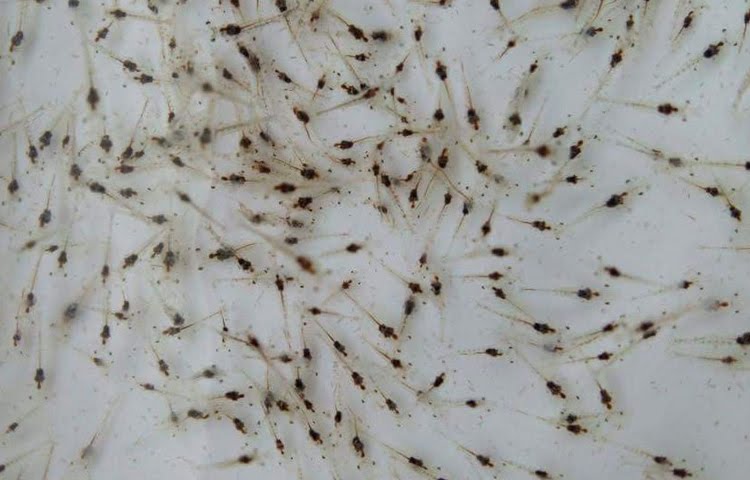
The primary characteristic of this line is its rapid growth rate. Therefore, shrimp farmers need to adjust the feeding regimen to maximize the shrimp's appetite, ensuring a continuous supply of nutrients to harness their superior growth rate. Breeding farms need to be mindful of the rapid development of larvae and post-larvae shrimp. Post-larvae of super growth shrimp are larger in length and weight. Therefore, it's essential to maintain a biological safety standard for both breeding farms and commercial shrimp farming areas. Healthy ponds with proper biological safety standards will consistently yield exceptional results.
High Adaptability Shrimp
High adaptability shrimp have been developed to withstand common challenging conditions on farms, such as sudden changes in temperature and salinity, poor pond management, and various risks leading to failed breeding seasons. These are suitable for extensive farming, low-maintenance extensive ponds, earthen ponds, and farms with unfavorable environmental conditions.
This is the latest generation of parent shrimp products with excellent adaptability to common conditions in Vietnam. They possess distinct genetic structures compared to the two other products, which lean toward fast growth and super growth shrimp. Therefore, high adaptability shrimp exhibit better resistance to disease outbreaks while still maintaining high growth rates and reproductive capacity. In practice, these shrimp have shown growth rates of up to 0.347 g/day, with a survival rate of 87% and biomass of around 8.6 tons/ha after 100 days of rearing in India.
High adaptability shrimp have been prioritized for research and development based on genetic sources with the ability to resist adverse conditions. Furthermore, the efficiency of this line has been verified and is currently the most favored product in the Indian market due to its characteristics: performing well under various unfavorable environmental conditions, supporting disease prevention, delaying disease infection, and promoting recovery; achieving moderate growth rates, easy control, and attaining a large size; having lower feed requirements and higher survival rates.
With climate change and increasingly challenging breeding environments, coupled with frequent disease outbreaks, high adaptability shrimp present an effective overall solution. It is a suitable choice for shrimp farmers in the Central and Northern regions facing difficulties in the last quarter of the year.
Standard Shrimp
Standard shrimp strike a balance between fast growth potential and the ability to develop under various conditions over several years. As a result, this line is suitable for a wide range of breeding conditions, models, processes, and basic biological safety conditions. Currently, Shrimp Improvement Systems (SIS) provides three different of parent shrimp to Vietnam, each with distinct characteristics to accommodate the conditions and needs of breeding farms and farmers.
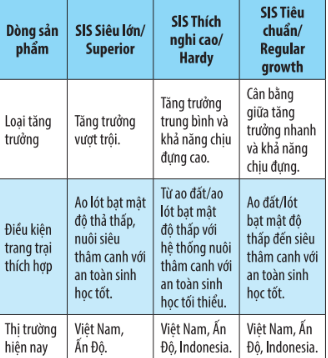
Disease-Resistant Shrimp
Disease-resistant shrimp are created through a specialized breeding program to enhance their disease resistance against a specific virus (such as the Taura disease-causing virus).
In reality, many companies have focused their efforts on generating disease-resistant shrimp from breeding stock, and these exhibit remarkable characteristics in terms of resistance to particular diseases. Among these, Benchmark, a company, has developed a disease-resistant shrimp line (SPR) that has demonstrated the ability to withstand common shrimp diseases such as White Spot Syndrome, Taura Syndrome Virus (TSV), Acute Hepatopancreatic Necrosis Disease (AHPND), Infectious Hypodermal and Hematopoietic Necrosis Virus (IHHNV), and diseases caused by bacteria.
Cordyceps shrimp
Cordyceps is a phenomenon in which larvae of butterflies of the genus Thitarodes are parasitized by fungi of the genera Ophiocordyceps or Cordyceps. It is a form of parasite between a species of pouch fungus, scientifically known as Ophiocordyceps sinensis.
In Vietnam, Nam My CNC Fishery Investment CoLtd, Quang Nam Province successfully researched and produced a line of superior quality cordyceps shrimp seed, healthy shrimp reached the top of the head, shortened the time to large size, enhanced immunity, and increased resistance to environmental changes.
Shrimp seed is fed with cordyceps to help increase the immune system, healthy seed; and at the same time increase resistance to harsh environmental factors. In particular, the larval stage strongly absorbs cordyceps, post hardiness, outstanding survival rate, and increases pond productivity.
After 20 days of raising broodstock with cordyceps, they will reproduce and continue to nourish shrimp seed with cordyceps for 15 days until they are exported to the pond. This time the Cordyceps shrimp seed for sale is provided to customers who are raised in the direction of high technology in some provinces.
This is the result after many years of research by the Nam My Hi-tech Production Complex, Quang Nam Province when successfully transplanting Cordyceps Militaris. The product has been certified and announced according to the regulations of the Ministry of Health.
Cre: nguoinuoitom.vn








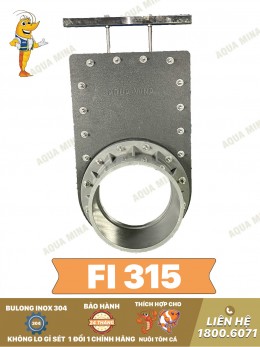
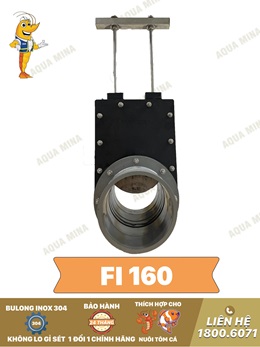

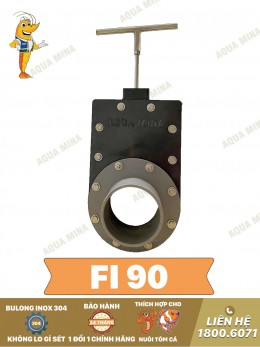
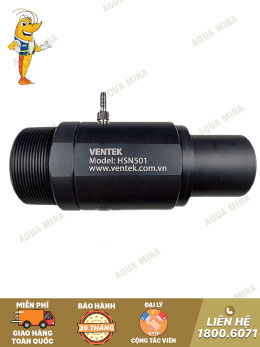
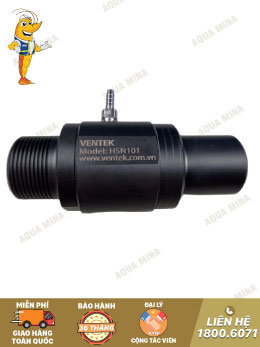
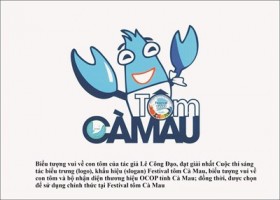
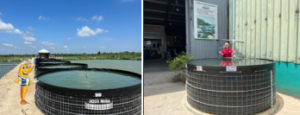
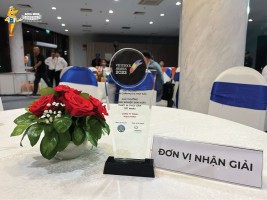
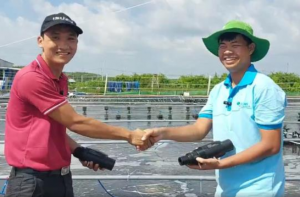
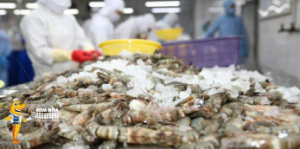
.jpg)